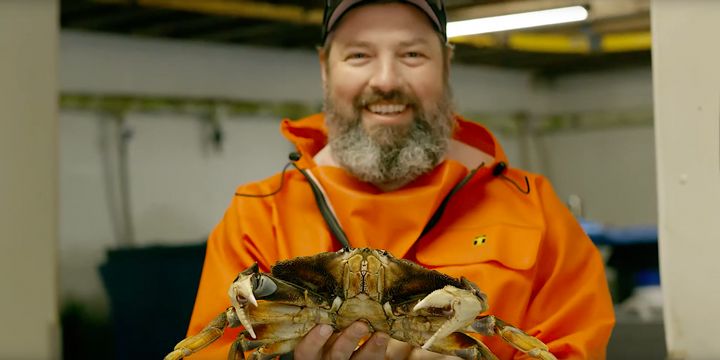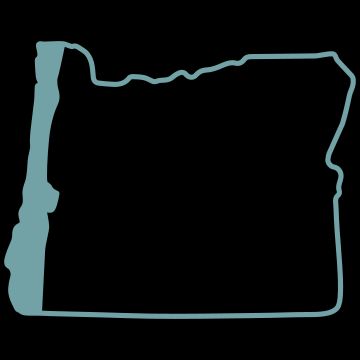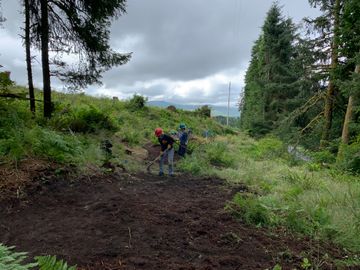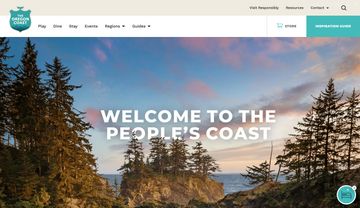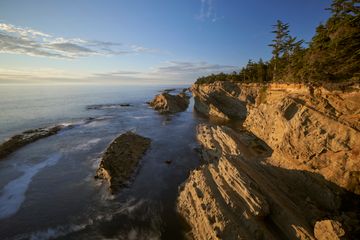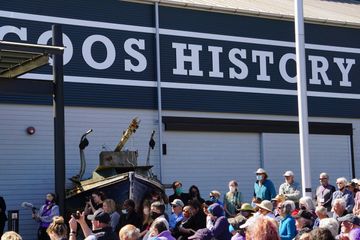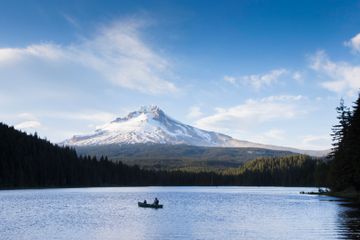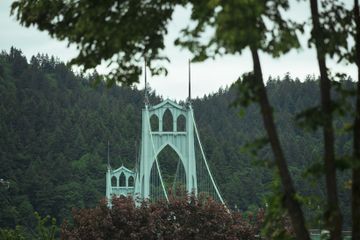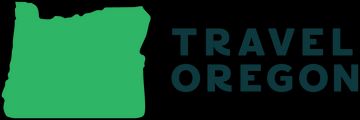Oregon Coast Farmers Markets: a regional food system investment with state-wide benefits.
Coastal farmers markets aren’t just for locals! Visitors to the Oregon Coast love milling about coastal farmers markets, exploring local foods, and bringing foodie treasures back to their vacation rentals for memorable family feasts.
In Spring of 2020, as we all moved into the uncharted territory of COVID-19, decisions needed to be made. Many farmers markets coast-wide (and state-wide) were either choosing not to physically open, were not allowed to open by their local municipalities, or served a substantial number of consumers who did not feel safe being in public settings. Farmers markets needed immediate assistance expanding to online sales platforms, connecting these to new distribution strategies, and applying technical assistance for rapidly changing COVID-19 protocols being rolled out by the State of Oregon.
In 2018, visitors spent more than $792,900,000 on food and food services on the Oregon Coast; nearly double what was spent on accommodations. OCVA is confident that protecting and preserving our food systems, food culture, farmers, fishers, and ranchers will pay off in the short and longer term for everyone.
This was an extraordinarily fruitful collaboration between local farmers market managers, the Oregon Department of Agriculture, and the Oregon Farmers Market Association (OFMA).
While the $20,000 to OFMA was for dedicated technical assistance services to Oregon Coast food producer and farmers market operations, it was matched with funding by the Oregon Department of Agriculture. This allowed a statewide expansion of these services by a full-time staff person.
Goals
OCVA’s goal of helping coastal farmers markets reopen and supporting producers and growers to continue local food production was a high priority. Equally important was to provide for a safe and convenient way for locals and visitors alike to find and access local foods.
In the 2020 Oregon Tourism Stakeholder Survey for the Oregon Coast, 53% of responding coastal stakeholders indicated “support developing and bolstering visitor experiences that are COVID-appropriate and that enhance local livability” would best support Oregon Coast communities. Additionally, in the 2018 Oregon Tourism Engagement Survey, 64% of respondents agreed that providing “more opportunities for visitors to experience locally grown and produced foods” was a high or very high priority for the RDMO.
Results
The ROI for this investment greatly exceeded expectations in volume of success in dollars generated, businesses served as well as quality of service to market managers and resulting fanfare.
In 2020, 16 markets operated on the Oregon Coast despite the setbacks of COVID-19. These included both physical and online markets in Manzanita, Florence, Coos Bay, Neskowin, Astoria, Seaside, Brookings, Newport, Pacific City, Bandon, Toledo, Yachats, Tillamook, Lincoln City, Clatskanie, and the North Coast Food Web in Astoria.
OCVA’s investment contributed to $158,872 in just online sales for coastal markets and helped to preserve 67 businesses between the Manzanita, Florence, Clatskanie markets and the North Coast Food Web.
Other communities such as Seaside, Coos Bay, Newport and Neskowin received significant technical assistance from OFMA, but decided against launching online pre-order.
